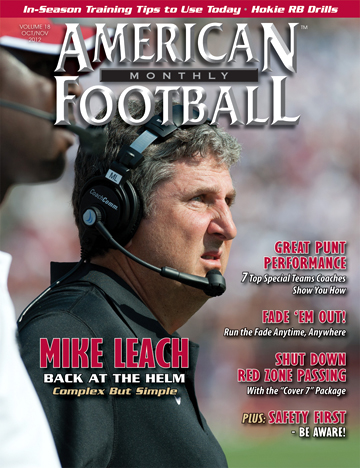Article CategoriesAFM Magazine
|
Student of the Game: Using Academic Resources to Enhance Your Program: Part I The Tactical Games Approach and Open Field Tacklingby: Jack ByrneDefensive Coordinator • Windham High School (NH) © More from this issue The purpose of this series of articles is to provide ideas for improving various aspects of your football program using academic resources and studies. If you are anything like me, you are the type of coach that wants a reason and a purpose behind everything you do for your program. Anecdotal evidence can be useful, but is often unreliable and even harmful (if you don’t believe me, think about what would happen if we took everything from an internet forum, Wikipedia, or a TV infomercial as absolute fact!). Using reliable sources and learning about key concepts in the academic world of sports will help guide and justify your decisions as a coach.
|
|
|||||||
| HOME |
MAGAZINE |
SUBSCRIBE | ONLINE COLUMNISTS | COACHING VIDEOS |
Copyright 2025, AmericanFootballMonthly.com
All Rights Reserved





